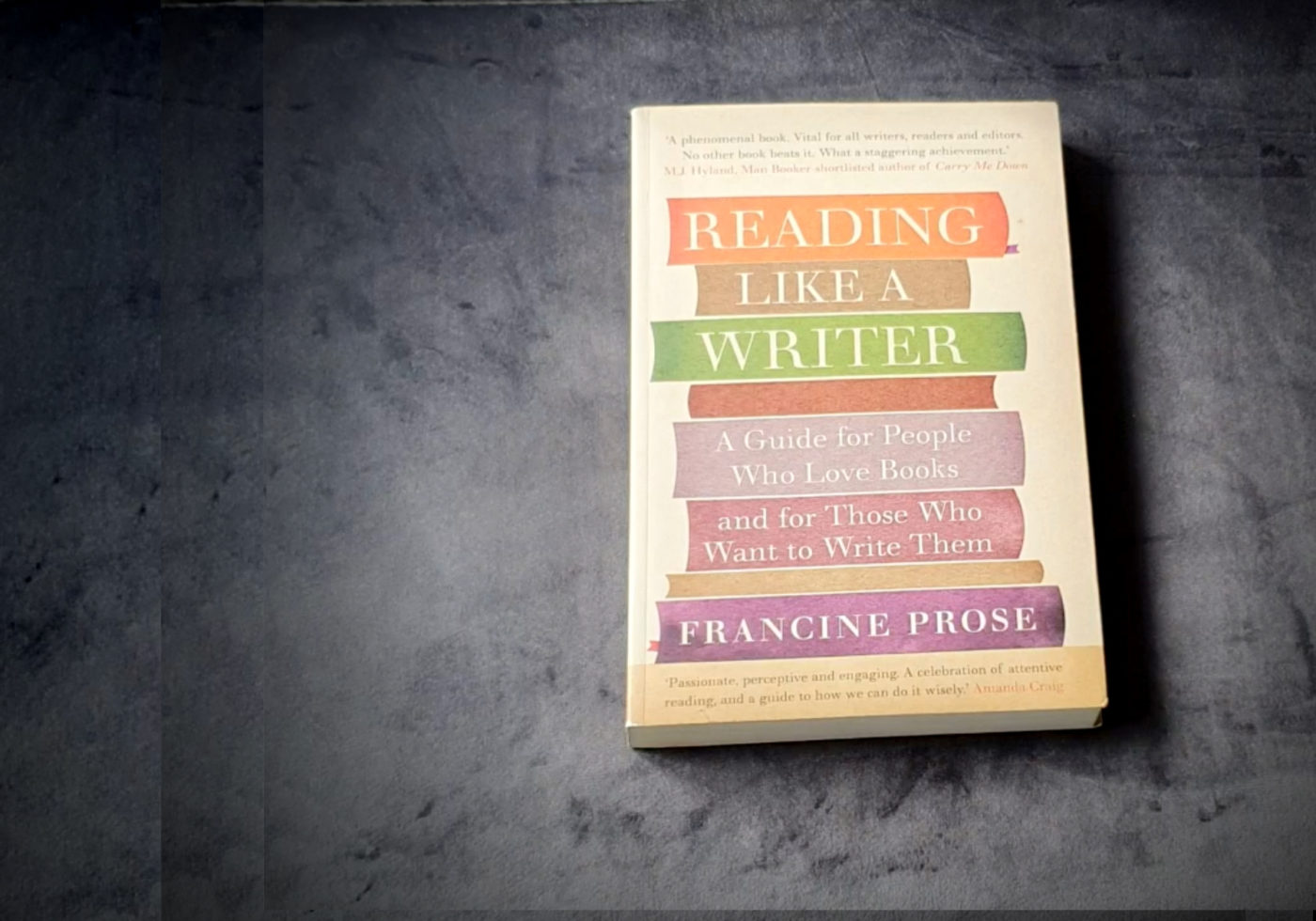This is one of the areas that I struggle with the most. I love to read thrillers and I’m in awe of people that can create compelling plot-driven stories. How do you even begin to create something that is a page-turner while also weaving in all the other strands such as the great characters, setting and prose?
I’m still learning and it remains challenging for me (except for dialogue – I hate that with a vengeance and even typing this is making me annoyed LOL). However, one of the key things that’s helped with my plot and structure is my first book recommendation.
Into the Woods by John Yorke
This book breaks down story into acts and goes through the different act structures that a story can have – most commonly three acts or five acts. It’s primarily about film and television there are lots of interesting and useful techniques that can be applied to novels and even short story. Into the Woods talks you through the different elements of a story from inciting incident right through to resolution. Some of the films used include Thelma and Louise and the Godfather but he also uses examples such as Romeo and Juliet. Yorke shows that no matter how distinctively different two stories seem to be from each other on the surface, they all have similar structures. And this structure applies to chapters (or episodes in the case of TV) as well as scenes. There’s lots more including how to create cliff-hangers and how to avoid sounding too expositional when you’re trying to convey information to a reader through dialogue, which was particularly useful for Kololo Hill. It’s still my favourite book ever on writing, I’ve re-read it with each new novel as I write a zero draft.
Life After Life by Kate Atkinson
Now on to a book that is brilliant in many regards, but in particular, it’s clever structure. This is also one of my favourite novels (OK I know I say that a lot). There’s only one main character point of view but there are lots of factors at play because the story is all about would happen if we could go back in time and change the past. There is far more to it than time-travel but the thing I like most is the way interesting way that Atkinson tells the story.
Plotting timelines
This tip will be particularly useful for those of us who have complicated plots with numerous characters and timelines. I read that an author (I’m really sorry because I’ve forgotten who it was now) writes their key plot points out on a long piece of paper. I take it one step further because my stories tend to be quite complex. You can basically plot the points of key moments in the novel. You can start by plotting out the key moments for your characters for example when the inciting incident, then mid-point and so on. Then you can overlay that with other factors such as the timeline of key political events or other things external to the characters that need to happen at particular moments. I added these along the bottom of the chart. The reason that this approach worked particularly for me was that it enables me to see the story arcs for more than one character at a time. It’s also more interesting for the story where the story arcs of two characters aren’t in symmetry. In fact, the most interesting stories will be those where the characters vary so where one character is down on their luck while the other’s fortunes are rising. You could also try it with your main plot versus your subplot.
If you want even more book recommendations take a look at my latest YouTube video.
So that’s the end of my writing a novel series for now but look out for blog posts on different aspects of writing as well as the publishing process soon.
Don’t forget, Kololo Hill is available to pre-order Amazon, Waterstones and lots of other bookshops now.
- Don’t forget to subscribe to this blog to make sure you’re always the first in the know.
- I’ll be doing an exclusive first look video each week with even more tips on YouTube so do check out my channel.
- I’d love to hear what you think of these tips so say hello here or find me on Instagram, Facebook or Twitter.







